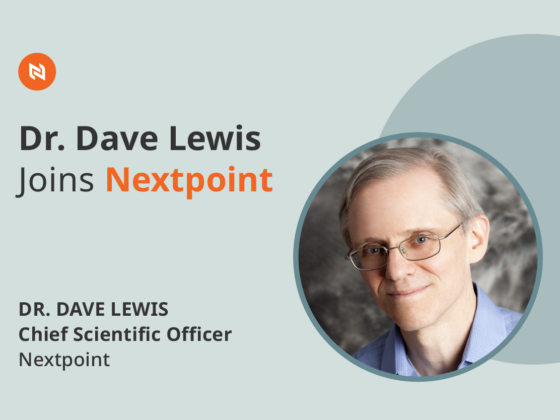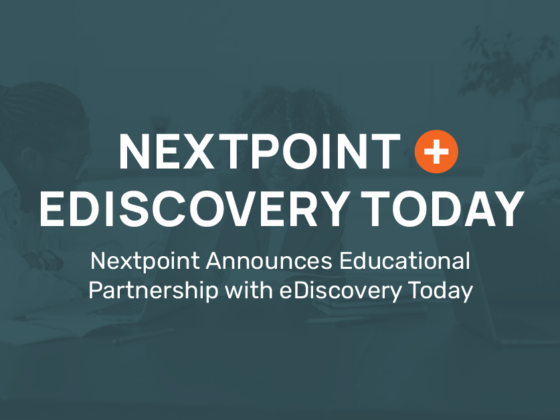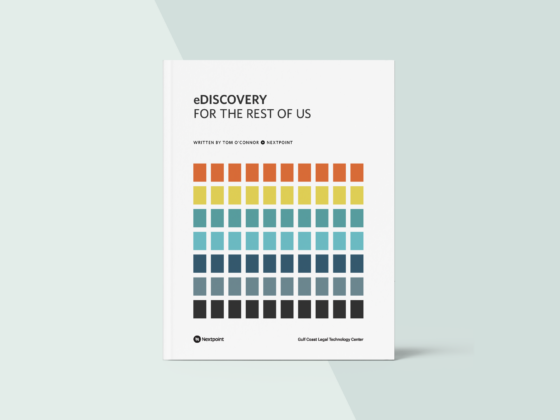The failure of the Healthcare.gov site has put a spotlight on the value of having well-designed, lightweight, and modern software.
It seems like a lot of things went wrong with the new site, but the common assessment is that government’s development teams were unable to make the backend, legacy databases work with the more modern, front-end website. Unfortunately, many law firms are saddled with technology that suffers from the same fatal flaws.
The federal government is trying to fix the problem with a “tech surge,” which means that they are going to try to swarm the issues with more developers.
Unfortunately, for this plan to succeed, the developers will have to overcome one of the most fundamental rules in programming, Brook’s Law. Brook’s Law says that, “adding manpower to a late software project makes it later.” That is, the more people thrown at a project, the more complicated and difficult the project becomes. Or as Brooks says, “nine women can’t make a baby in one month.”
The Past, Present, and Future of Litigation Technology
One reason the Healthcare.gov website is a mess is too much complicated programming had to be deployed in a short time. Take a look at this shocking chart to see how much tangled code and programing it took to bungle this important project.
Unfortunately, once a software package becomes bloated and kludgy, it is often impossible to make it better.
It’s a common problem in the software industry. One of the biggest challenges facing Microsoft is that over the years its flagship Windows product has come to include millions of lines of “spaghetti code” that is impossible to untangle. That’s why Windows deployments have become more and more painful for users. Sadly, the legal profession is also saddled with very, very old, outdated, and kludgy software – software that’s even older than Windows.
How old is today’s litigation technology? According to “A Lawyer’s Guide to CT Summation iBlaze,” by Tom O’Connor, the technology dates back to the early 80’s. In the forward, Jon Sigerman, founder CT Summation, writes:
In 1982, David Rotman and I conceived the idea for what became CT Summation. At the time, David was a megafirm litigation partner and I was a solo practitioner. Really, we combined our ideas for applying personal computers to litigation support. I had a docket of smaller cases, some of which at any given time were hot, while others were not. My desire was to have a system that made it easy for me to winnow each case down to a critical mass of evidence by clipping and assimilating excerpts of the key portions of documents or deposition transcripts.
David on the other hand, wanted a platform on his and his paralegal’s desktop IBM PC’s to index and archive potentially important documents and transcripts from a case.
According to “The Concordance Database Manual” by M. Alan Haley, the Concordance database is almost as old. Concordance was launched in 1984, originally built by a company called Dataflight Software to offer full-text information retrieval system that could be deployed on personal computers.
Notice, however, that the problems Summation and Concordance were supposed to solve still exist. Lawyers still need to winnow down cases to critical pieces of evidence and to index, archive, and recall those pieces of evidence as needed. However, the scale of the challenge is different.
In the 1980’s the desktop PC was brand new and lawyers were using them to organize hundreds, or maybe thousands of pieces of evidence. Today, obtaining a single email server from a small company will include millions of pages of documents.
The IBM PC on David Rotman’s paralegal’s desk would explode if it tried to process that information. Unfortunately, the same basic software originally coded in the 1980’s is now being asked to manage millions of documents at one time, and not just a few files stored on one paralegal’s desktop PC.
There is a Different Path
As anyone who has been involved with buying, installing, maintaining, and supporting software in any business environment will tell you, nothing ever goes as planned. Software is expensive, license fees must be continually paid, updates and upgrades must be installed, and the users never seem to use the program as intended (if they use it at all).
Unfortunately, the legal industry has relied on a stable of litigation warhorses (Summation, Concordance, and a lot of other long-in-the-tooth programs) that are incredibly expensive and difficult programs to maintain.
These are such complex programs that many law firms have an in-house litigation support administrator and query-writer just to help keep these systems running. That is a lot of expense and overhead to maintain technology that is antiquated and often underutilized.
A Productive Staff is a Happy Staff
There is no reason for law firms to hang onto outdated, overly complicated litigation support technology. Cloud-based litigation technology requires no IT staff support, never needs upgrades, has no license fees, and asks that you pay for only the software and service you actually use. This is why savvy firms have made the switch from ancient, expensive software like Summation and Concordance to modern cloud computing solutions.
While this is the Nextpoint blog, we’re not just taking about our own eDiscovery, and case prep solutions – there are a number of innovative, cloud-based practice management, time and billing, and other legal-specific solutions in the cloud that don’t require huge investments. Law firm staff will appreciate modern technology that has been designed for modern networks. And law firms can keep that staff productive and happy.






